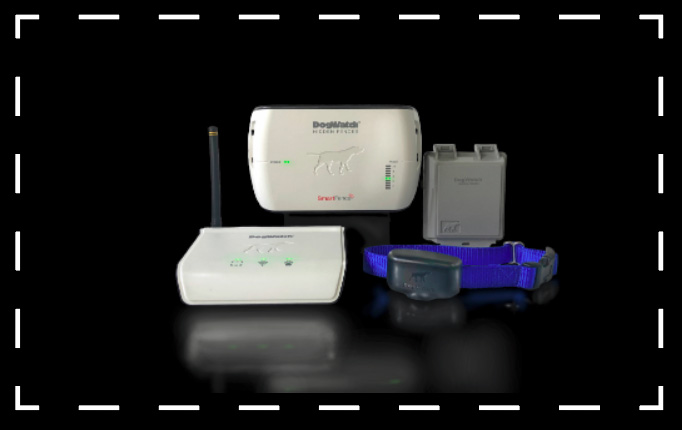
Cats are known for their impressive climbing skills, and it can be a real challenge to keep them contained in a yard or outdoor area. While there are many DIY cat proof fence projects that have been attempted, most of them fail to keep cats from climbing over or under the fence. In this article, we will explore whether there is a pet fence that a cat cannot climb and what the best options are for keeping your feline friends safely contained.
First, it is important to acknowledge that cats can climb almost anything they can grip their claws into. This means that traditional fence designs, such as wire fence extensions or diy cat fence rollers on top of fences, are not effective at keeping cats contained. These DIY cat proof fence projects often fail because they do not address the primary way that cats climb, which is by using their claws to grip onto the fence. While you might think a diy cat fence roller would be effective, your cat can easily grab onto the fence area above the roller and climb the fence palings below the roller. Likewise a determined cat can scale an overhanging wire extension, so owners are embracing more innovative diy cat proof fences to solve the problem.
Effective Solution on Containing Cats
One of the most effective solutions for keeping cats contained is a virtual or hidden fence. These types of fences use technology to create an invisible barrier that cats cannot cross. They work by emitting a signal that is picked up by a special collar that the cat wears. When the cat gets too close to the boundary of the fence, the collar emits a warning sound. If the cat continues to approach the boundary, the collar will emit a mild correction, such as a small static stimulation, to deter the cat from crossing the boundary.
One popular option for a DIY cat proof fence is the CatWatch system. This system uses a combination of invisible fence technology and cat behavior training to keep cats contained and comes as a diy cat fence kit which is easily installed. The system includes a transmitter, a receiver collar, and training flags to mark the boundary of the fence. The transmitter emits a signal that is picked up by the receiver collar, which the cat wears. When the cat approaches the boundary of the fence, the collar emits a warning sound. If the cat continues to approach the boundary, the collar will emit a mild correction.

The CatWatch DIY Cat Proof Fence is popular for several reasons. One of the most significant is that it is easy to install and does not require any special tools or equipment. The system comes with everything you need to set up the fence, including the transmitter, receiver collar, and training flags. The system is also adjustable, which means that you can customise the boundary to fit the size and shape of your yard. Additionally, the system comes with a comprehensive training guide that will help you teach your cat to stay within the boundaries of the fence. Professional training is also available.
Another popular feature of the CatWatch system is that it is humane and safe for cats. The collar emits a mild correction that is designed to startle the cat, rather than hurt them. This correction is similar to the feeling of static electricity and is not harmful to the cat. Additionally, the collar is adjustable and can be set to the appropriate level for your cat’s size and temperament.
In Conclusion
Finally, cat fences are an essential safety measure for cat owners who want to ensure that their cats are safe and protected. Outdoor cats are at risk of many dangers, including cars, predators, and fights with other animals. Additionally, outdoor cats can be a threat to birds and other wildlife in the area. By keeping your cat contained within a cat-proof fence, you can protect them from these dangers and ensure that they are not causing harm to the local ecosystem.
While cats are excellent climbers, virtual fences are effective solutions for keeping them contained within a yard, outdoor area or as indoor cat fences for designated zones.


